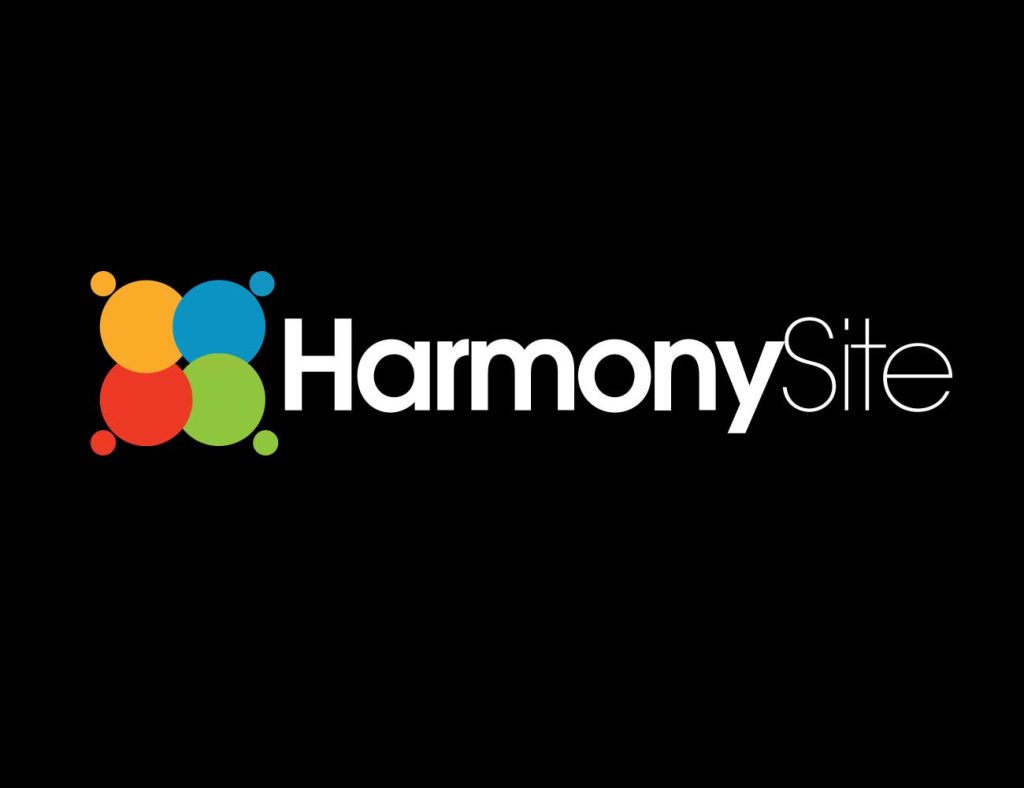
Some new useful features and improvements to the HarmonySite software have just been released, including:
- “Positions” (President, Treasurer, etc) now have an “access level”. This means that you can make some positions visible to the public, while others remain only visible to members (on the “Officers” / “Management Team” page).
- Links on the “Links” page (links to other related organisations) can each now have a logo.
- When multiple events in the Event Calendar occur on the same day, you can now control the order in which they appear. This is done by assigning each a “Ranking” number (lowest ranking appears first).
- Each song in the “Songs” database can now have an MP3 file uploaded for the “Soloist” learning track (if there is one). There’s also a corresponding MIDI and Notes file.
- Each song in the “Songs” database can now track the date that singers are required to be “Off Book”, via a new field.
- The Birthday calendar now also shows members’ anniversaries (if they’ve been entered into the database, of course)
- If your group has a Twitter account, you can now add your Twitted feed to the right margin of many public-facing pages. This is something that only I can do, so if you want this for your site, let me know.
- Items on the “Bulletin Board” page (or any other page that contains “Posts” of more than one type) can now be “grouped”, in the same way that songs can be grouped on the “Songs” page.
- US groups now have all their dates presented in US date format (Month/Day/Year)
- Events that have a Google map now have an extra link underneath the map to open that map on the actual Google maps website.
- It is now possible to track which pages your members (and visitors) are visiting. This is done via the new “Hit Logs” administration page. If you want to enable this, simply click the “Create” button on that page. Note that the only way to VIEW the log of “hits” is to export the hits to a CSV file, which can then be opened and analysed in Excel (or a similar program).
- Fixed some bugs in the displaying of “event” attendance graphs.

